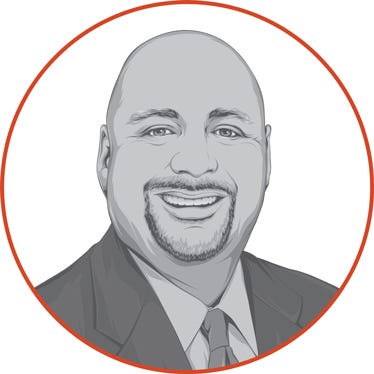
What do you measure in your operation? There are certain things farmers have traditionally measured – yields, revenue, profit. When we measure, we typically compare the current year’s results to previous years, to help us understand how we did.
If you have side businesses, you might have some specific areas you measure within them to know how you’re doing. Or maybe you even measure your success in part based on how many side businesses you are running, or how many acres you’re farming.
Forward focus
Here’s the thing about measurements. When we measure something, we tend to focus on it specifically. That focus leads us to direct more of our time and attention to impacting that particular number or numbers. The end result is usually that we get more of whatever it is we’re measuring.
This means it’s important to be intentional about what we choose to measure in our operation. For example, if we focus our attention primarily on yields, then we’re probably going to do whatever it takes to improve those numbers.
As farmers, we always need to work to produce optimal yields, but if we focus too much on that alone, it can actually create issues for us and our operation. For example, if a farmer were to place all focus on generating higher yields alone, there can be unintended side effects. Expenses could get out of control because all attention was on producing the highest yields possible, without taking factors like break-evens costs or diminishing returns of input applications into consideration.
How to decide
There are other metrics and ratios that are very important to running our farm operation – beyond yields and revenue. You’re probably familiar with many of them. The real key is: Which are right for us, in our particular farm operation, to pay attention to? Remember, what you measure and pay attention to is what you will get more of.
This is where information from past years of managing your operation comes in. Also, insights from trusted advisors can be helpful as well. They take their knowledge of your operation plus what they know from working with other operations to make recommendations on helpful measurements and metrics.
Then you can create a “dashboard” of metrics. This is similar to looking at different gauges inside of a piece of machinery that give you information about how the equipment is running. Those gauges can tell you what’s happening, in real time, inside the machine. They can help point out and diagnose problems or issues before they delay you in the field – and stop your progress.
Three steps to take
Your farm’s financial dashboard is a helpful gauge to be regularly checking. Take these three steps to create one for your operation:
Assess the type of financial information that would be most helpful to know about your operation on a regular basis. This will be dependent on your current situation, as well as your future goals. Your lender or a trusted financial advisor may be helpful here.
Select two or three key metrics for your operation, and get clear on exactly what those numbers or ratios can tell you about your operation. Also, decide how often you will take the measurements and how you will analyze them – calendar the dates to make it a priority.
Work with an advisor for your farm business to analyze what your metrics are telling you and how to make management adjustments, real-time, to impact the numbers in a positive way. Talk with our advisors to get started now.
The opinions of the author are not necessarily those of Farm Futures or Farm Progress.
About the Author(s)
You May Also Like






